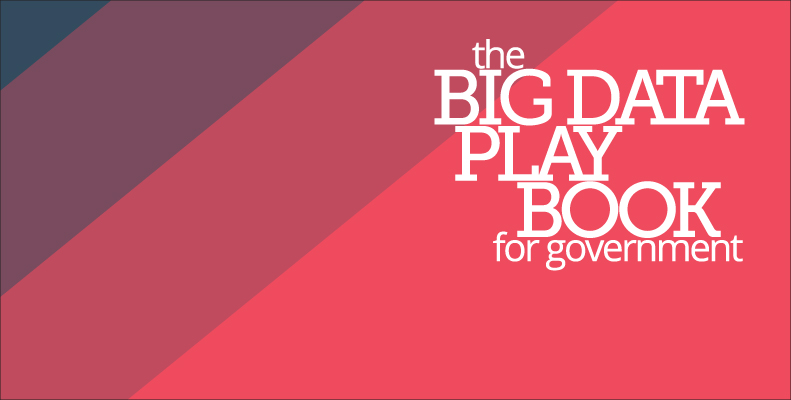The following is an interview with Kapil Bakshi, Distinguished Architect at Cisco. To learn more about how your agency can excel with big data, be sure to check out our guide: The Big Data Playbook for Government.
According to a recent economic analysis by Cisco, the Internet of Everything (IoE) presents a $4.6 trillion opportunity for public sector organizations over the next decade. IoE is the connection of people, process, data, and things. With IoE, public agencies will benefit from the compounded effect of devices being brought online for analysis. And with more devices becoming connected, organizations will have even more business capabilities and data to explore and analyze, making big data programs more important than ever before.
With IoE, communities can work to tackle some of their most pressing challenges, like improving economic growth, reducing costs, enhancing employee connectivity, and re-imagining citizen experiences. “There are multiple benefits such as operational efficiencies, streamlining mission processes, and creation of cost savings to meet current missions,” said Kapil Bakshi, Distinguished Architect for Cisco, Public Sector.
One of the reasons these benefits come about is due to the convergence of cloud, big data analytics and mobility. “All these technologies are working together to give rise to IoE as a next generation platform, and in my mind derive value for enterprises and IT organizations, and that certainly applies to public sector agencies,” said Bakshi.
For the public sector, the emerging trend of IoE provides new mission and business capabilties, which previously did not exist or could not be effectively managed. Today, agencies have the chance to create new business capabilties. For example, this could mean changing the way a citizen service is deployed or mission is conducted or a grant is funded, all based on gaining new ways to identify value from IoE.
“Connecting devices so that you can collect unstructured data, and then start to democratize data via a common format and API. IoE presents new capabilities to meet missions, and new capabilities that become available from the benefits of IoE programs,” said Bakshi.
But to truly capitalize on IoE, agencies must focus on the convergence of current technology trends. IoE is about the integration of cloud, mobile and Big Data analytics solutions, all working together to create an effective IoE architecture. “In order to realize the IoE and get the value out of it, you have to play to the convergence of the mega trends, which are cloud, big data analytics, and mobility. You should already have a strategy in place for all these key technologies,” said Bakshi.
Although all are important mega trends, big data and analytics require special consideration. Today, organizations are collecting more data, and there is a growing need to run analytics to extract actionable value from, mostly unstructured data .
“For IoE you need to have an infrastructure that has both edge and core analytics capability,” advised Bakshi. “Your infrastructure must not only be able to provide analytics from streaming and real time at the edge of the network, but also summarize and it send back to the core for batch and historical analytics.”
There have already been dozens of examples of use cases in the public sector of IoE. From first responders to war fighter to to law enforcement officials to educators to scientific missions, many have used IoE to re-imagine how they accomplish their mission.
“Healthcare is one area where you see a lot of innovation happening, and a lot of development for new business models, with a lot of new mission capabilities being developed from IoE. This includes IoE applications from patient care, clinical trials and the pharmaceutical industry,” said Bakshi.
Another key area of innovation is Cyber security. In the IoE architecture, cyber security would play a very important role as the number of connected devices grow exponentially and hence the threat perimeter grows accordingly. Moreover, cybersecurity is becoming a key use case for IoE and Analytics, as one uses cyber security forensic, anomaly detection and mitigation approaches.
In order to get started with IoE, there are some preliminary steps that agencies must take. One is that agencies should focus on defining a specific mission or business problem they are attempting to solve.
“With the use case and end goal in mind, and the mission problem you’re trying to solve, you should see how technology trends converge to give you a starting point for your IoE projects,” said Bakshi.
Once the desired program is selected, organizations must then create a technical and business strategy. Cisco can then help agencies deploy IoE and identify new ways to find value from their data.
“In not just the technology aspect of it, but also the mission strategy part of it, Cisco can help you create that strategy for the specific use case or the specific business problem that you’re trying to solve,” said Bakshi.






Leave a Reply
You must be logged in to post a comment.